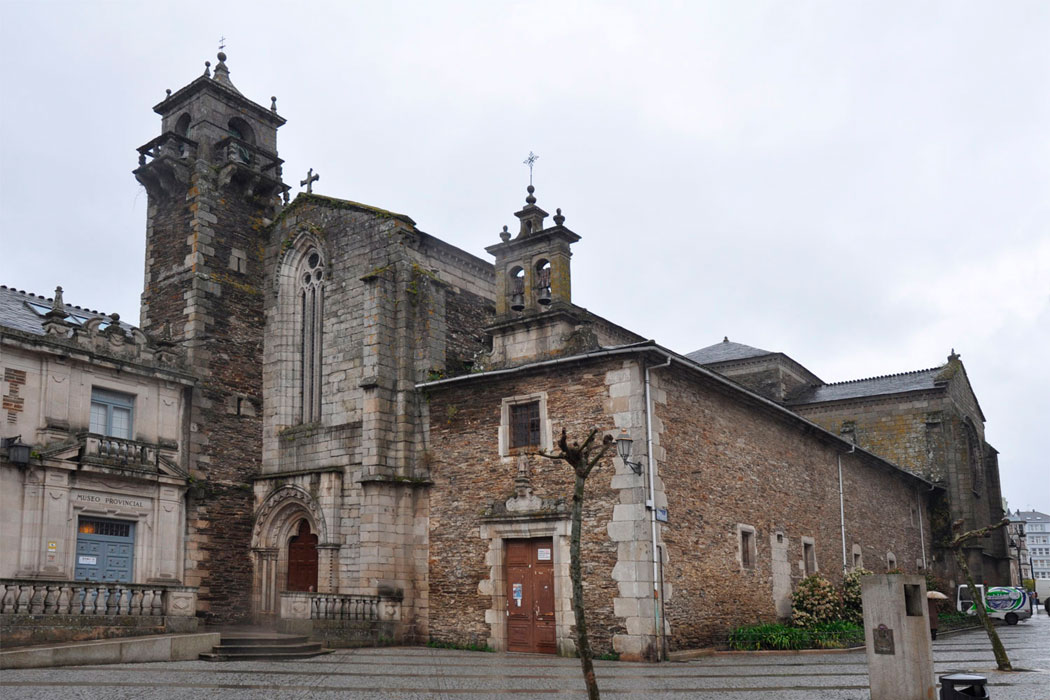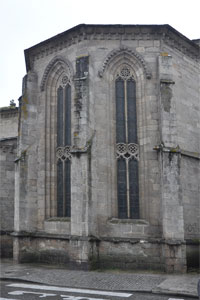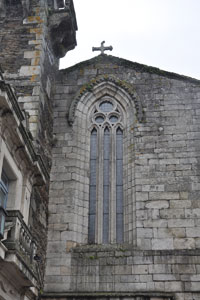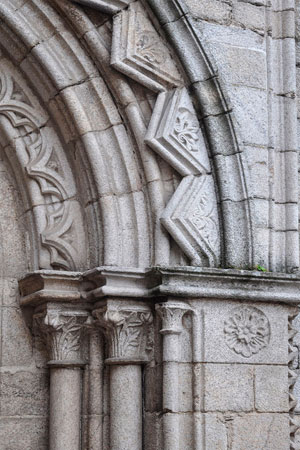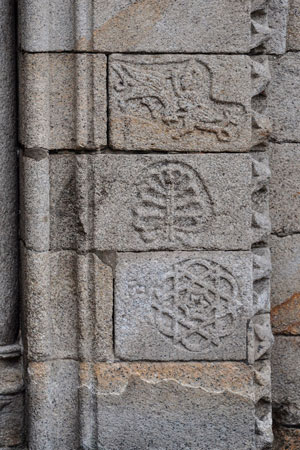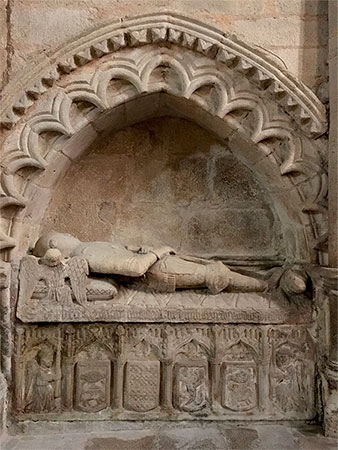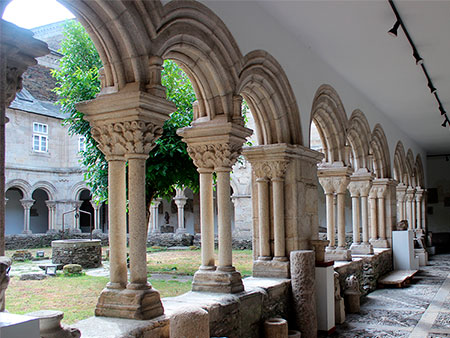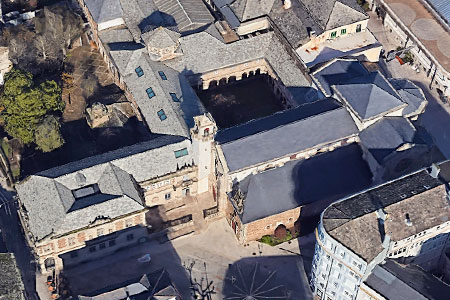Tradition places the foundation of the convent of San Francisco de Lugo in the time of Francis of Assisi, and even mentions his personal participation after the pilgrimage to Santiago de Compostela. This story, which is repeated in other monasteries, has been placed in the year 1214. However, in reality there is no evidence of the presence of the Friars Minor in the city until the last quarter of that century.
Unusually, the convent was established within the walls of the ancient Roman city of Lucus Augusti, as there were still large open spaces when the mendicant orders (Franciscans and Dominicans) arrived. The first friars are thought to have come in the 1280s, with their presence formally recognized by the 1290s, and the community was fully active by the century’s end. The Gothic church was constructed in the latter half of the 14th century, during a period when the monastery was under the patronage of the Counts of Lemos, among others.
Between 1425 and 1510, significant improvements were made to the church at the behest of Count Fradrique Enríquez (1388–1430), who sought to establish a family mausoleum in which some of his ancestors were already interred. In 1638, the convent suffered a fire that spared only the church and cloister. In the 19th century, in 1809, the convent was occupied and plundered but continued to function until its eventual secularization. From 1835 onward, without the Franciscan community, the convent became a charitable institution, and the church was converted into a parish, renamed San Pedro in 1915. Since the mid-20th century, it has housed the Provincial Museum. In 1893, the Friars Minor returned to Lugo, taking up residence in the old seminary.
- CASTRO, Manuel (1984). La provincia franciscana de Santiago. Ocho siglos de historia. Santiago de Compostel·la: Liceo Franciscano
- GOY DIZ, Ana E. (2015). San Francisco de Lugo: de Convento a Museo Provincial. CEPESE
- LÓPEZ, Atanasio (1914). Memorias históricas de la Provincia de Santiago. El Eco Franciscano, núm. 494
- PÉREZ MARTÍNEZ, Marta (1996). Arquitectura mendicante en Galicia, el ejemplo de San Francisco de Lugo. Estudios mindonienses, núm. 12
- TARRÍO, Santiago B. (2012). La arquitectura de las órdenes mendicantes en Galicia, análisis gráfico de los templos franciscanos. Tesi. Universidade da Coruña
- VILLAAMIL Y CASTRO, José (1904). Iglesias gallegas de la Edad Media. Madrid: San Francisco de Sales
